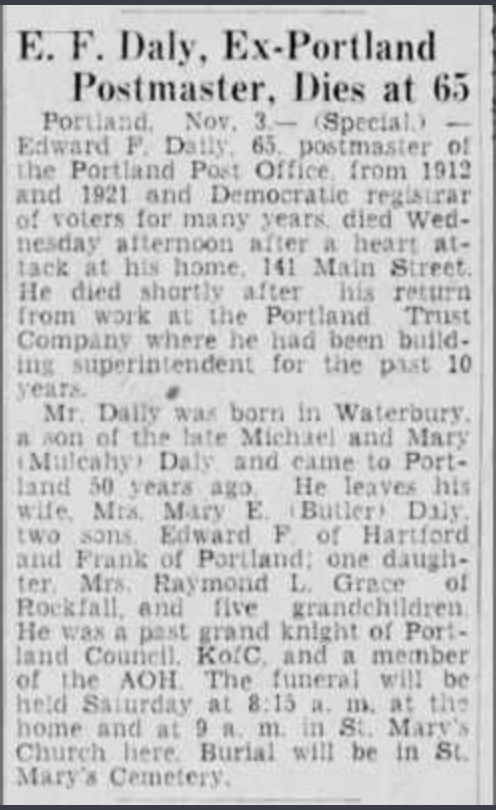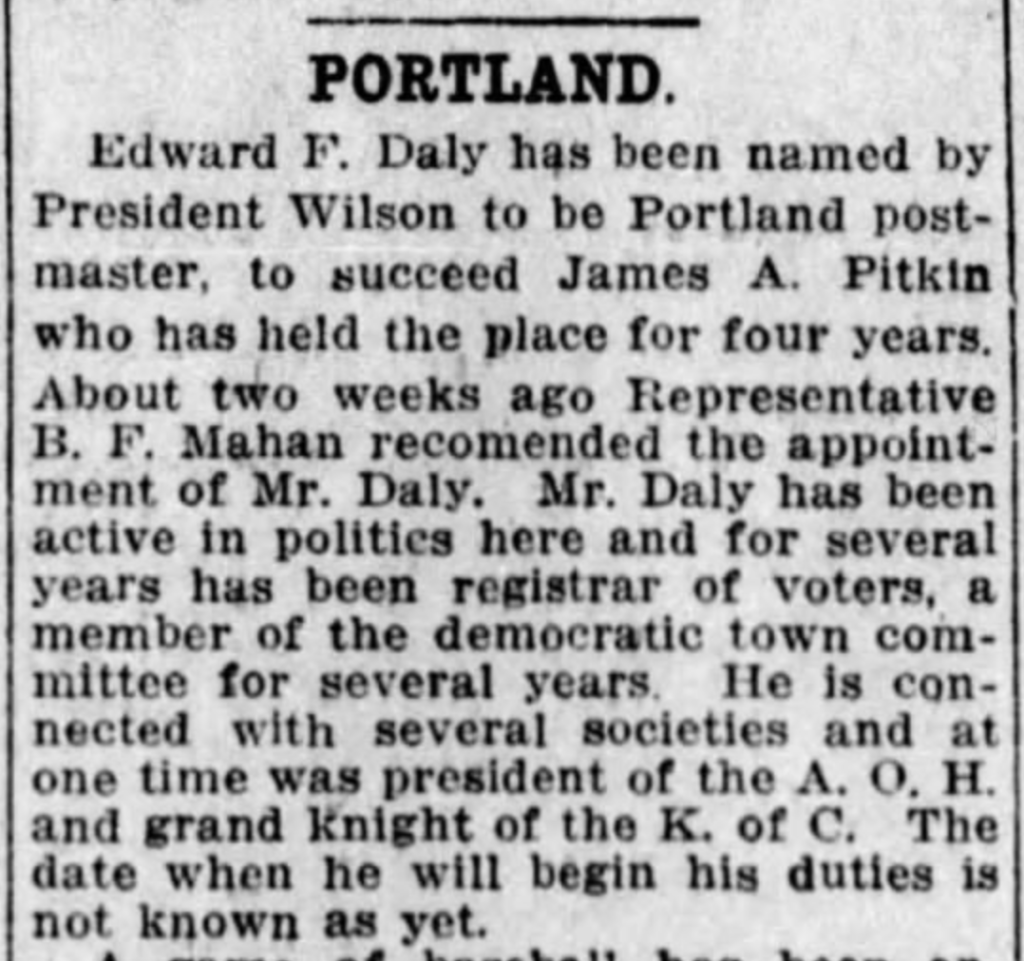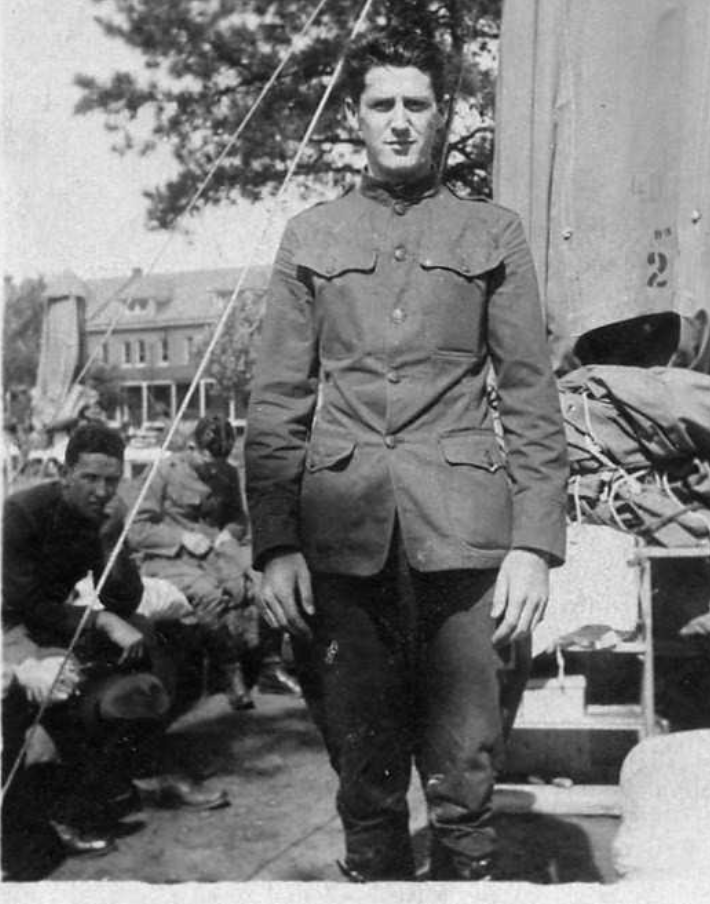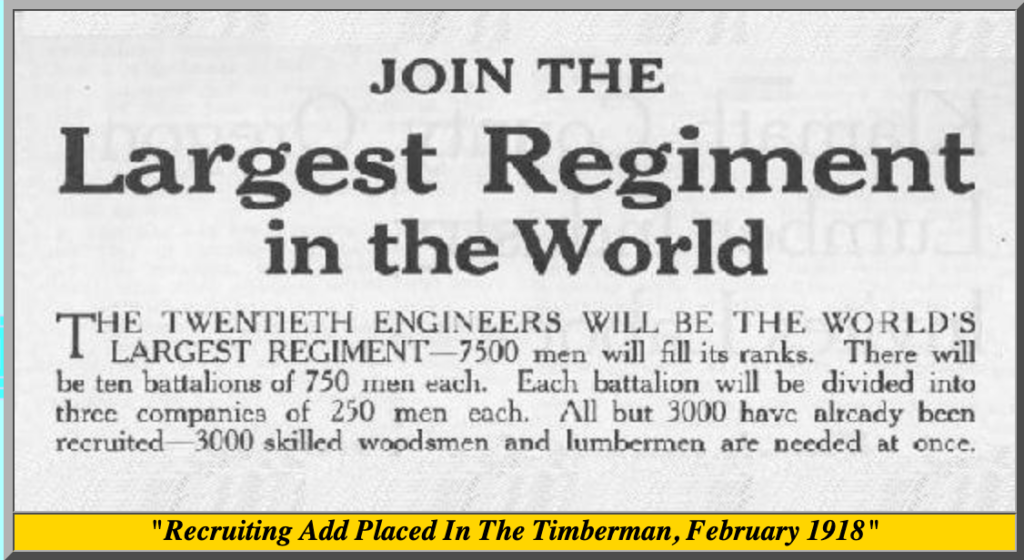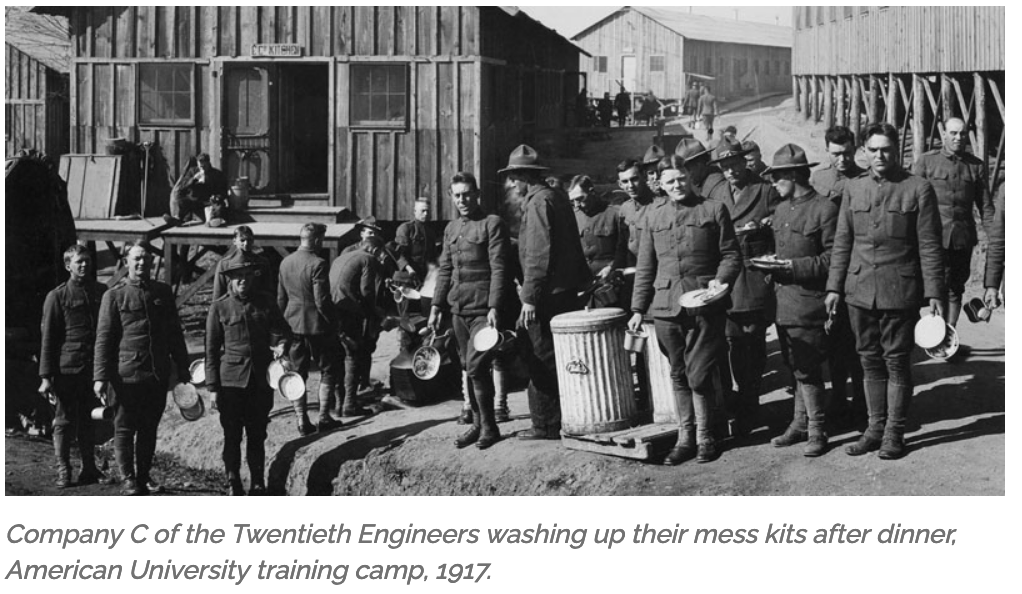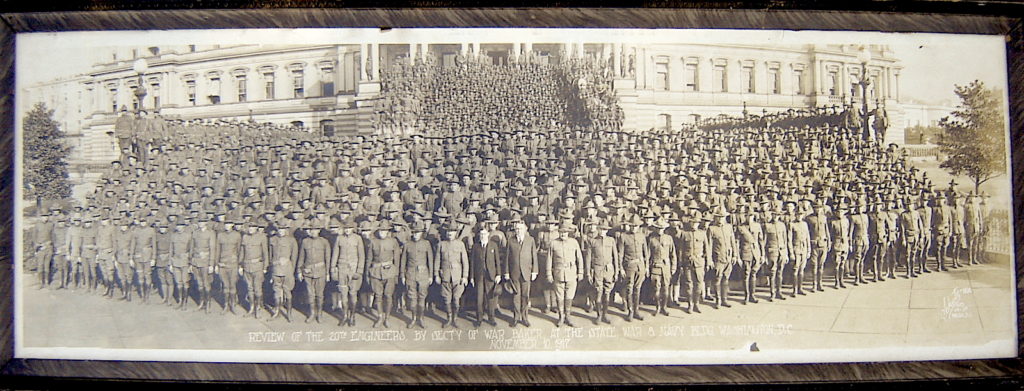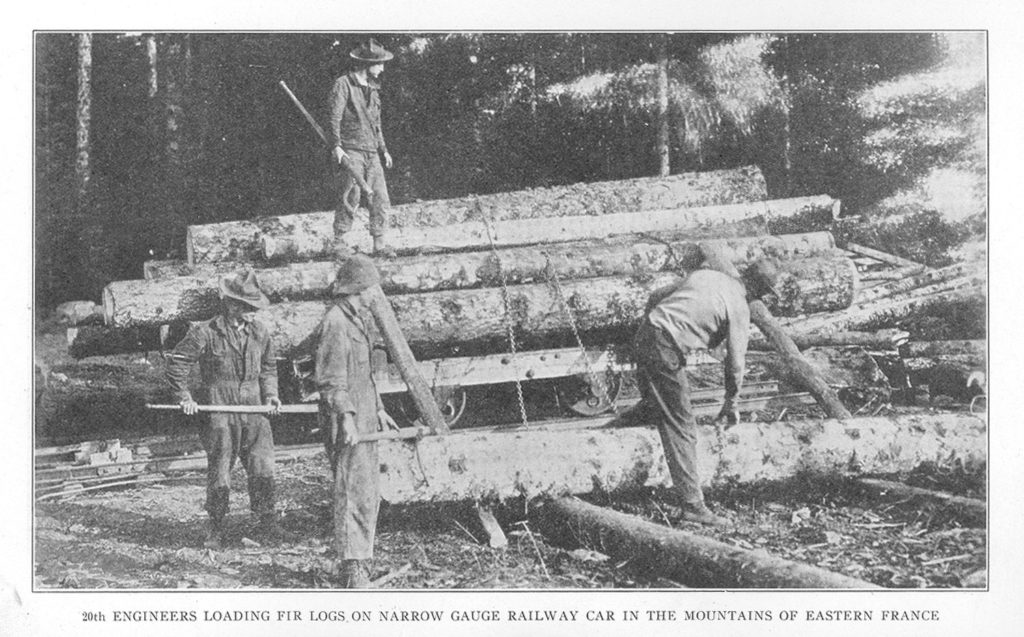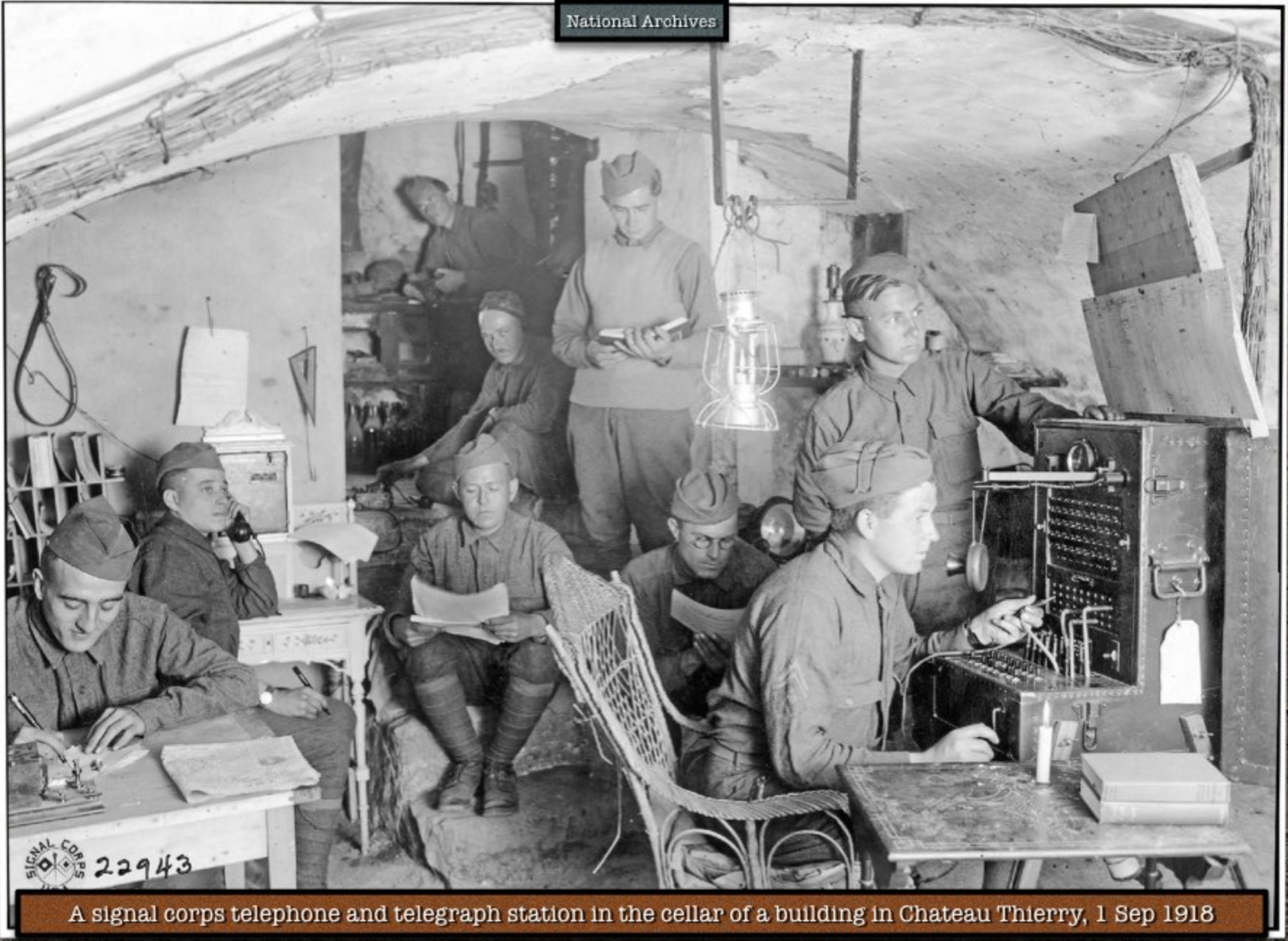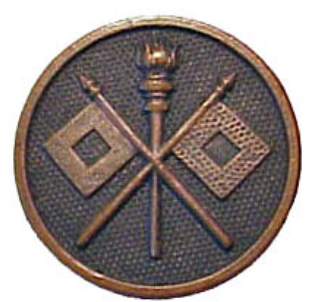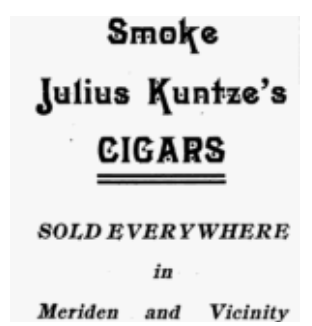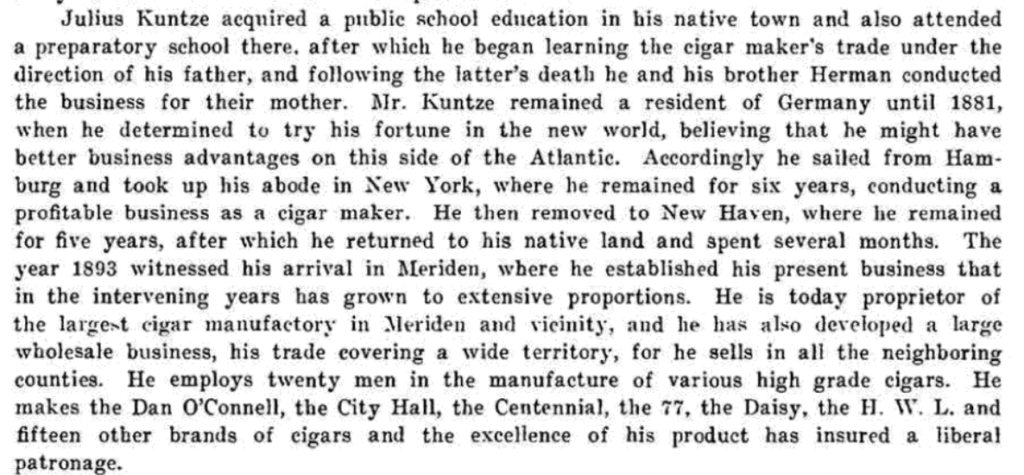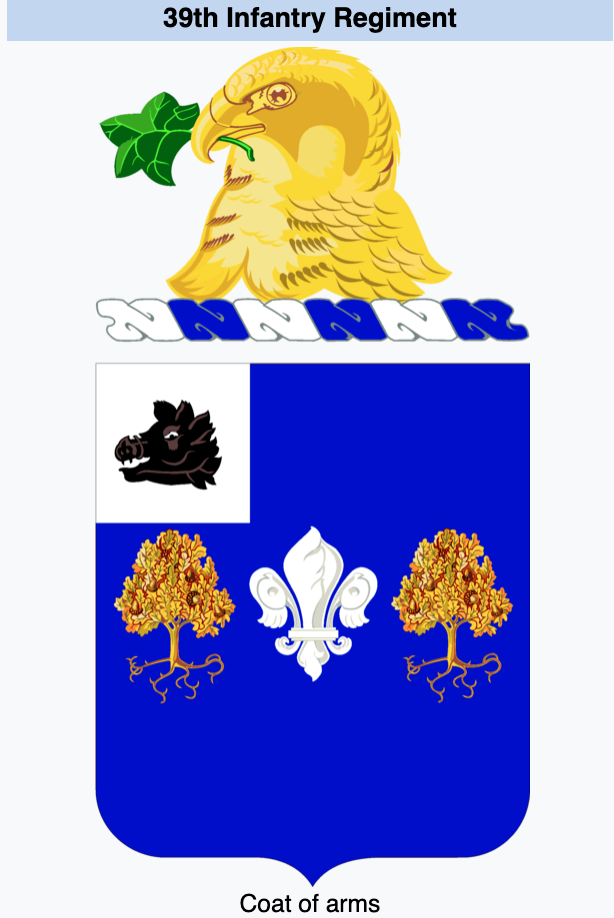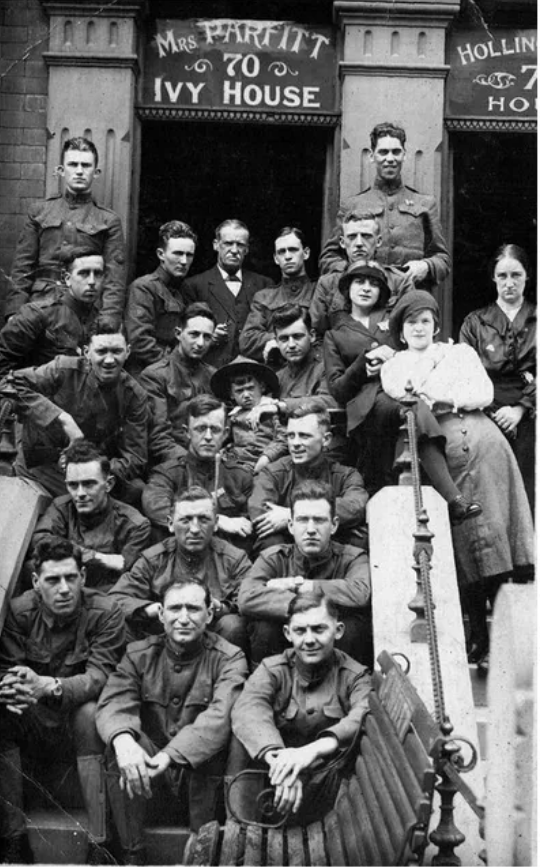Special Delivery – Edward Francis Daly, Sr.
Edward Francis Daly Sr., my maternal great-grandfather, was born on May 13, 1870, in Waterbury, Connecticut. Edward was the son of Michael Daly and Hannah Mulcahy, both immigrants from Ireland. In 1889, Edward married Mary Ester Butler in Portland, Connecticut. In the census of 1900 and 1910 for Portland, CT., his occupation is listed as carpenter.
From 1914 through 1921, he was the appointed postmaster for Portland. Edward died on November 13, 1937 at the age of 67. His obituary (left) notes that he was the building superintendent at the Portland Trust Company (Bank) for the 10 years prior to his death. Edward was a member of the Ancient Order of Hibernians (AOH), the largest and oldest Irish Catholic organization in America and was grand knight of the local Knights of Columbus council in Portland.
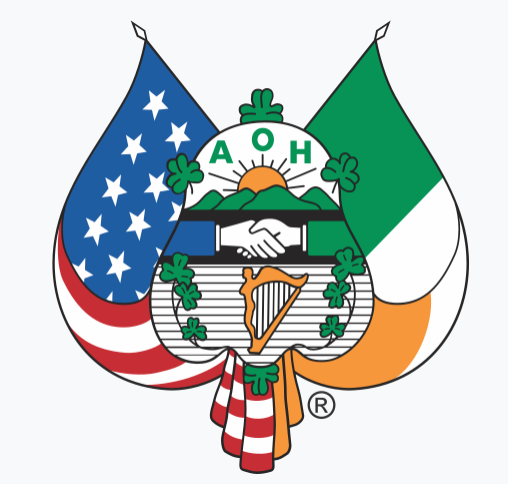
In 1914, Edward was named by President Woodrow Wilson to be the postmaster for Portland, Connecticut. He was nominated to be postmaster by Congressman Bryan Francis Mahan (New London, CT.), who was a lawyer by trade and postmaster of New London, CT. before and following his term in Congress. Note: The service record of Edward’s son (Edward Jr.), lists his employment in 1917 as a clerical worker for the postmaster (his dad) of Portland, CT. Here is a post about Edward Jr. – Pvt. Edward F. Daly Jr. – WW1 Pv Co C 3 BN 20 En
Did Edward suffer a horrible injury in 1895 while working as a joiner for the Berlin Iron Bridge Company? While I have no confirmation, everything (name/occupation/residence) lines up that this was my great grandfather. (Article – 1895 – Hartford Courant)
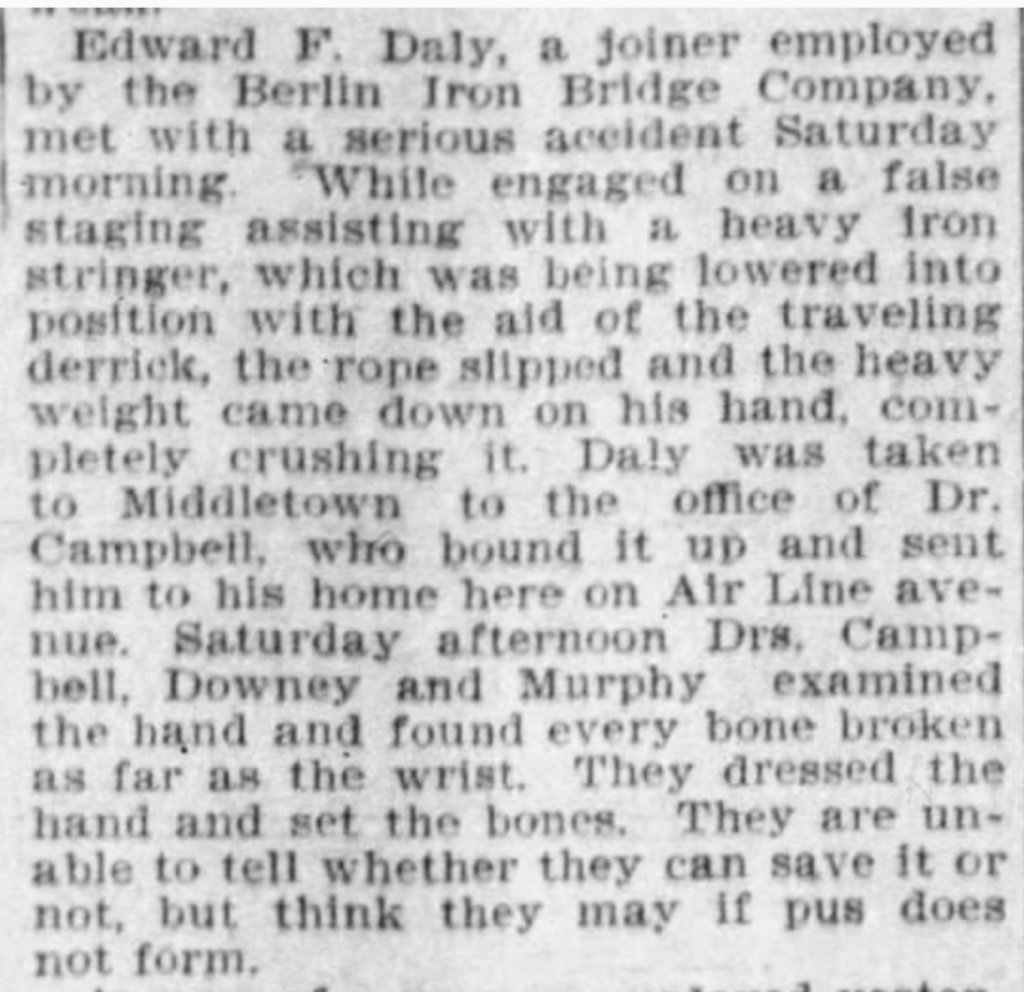
Comments, corrections and suggestions appreciated
Copyright © 2021. All Rights Reserved by David R. French.
